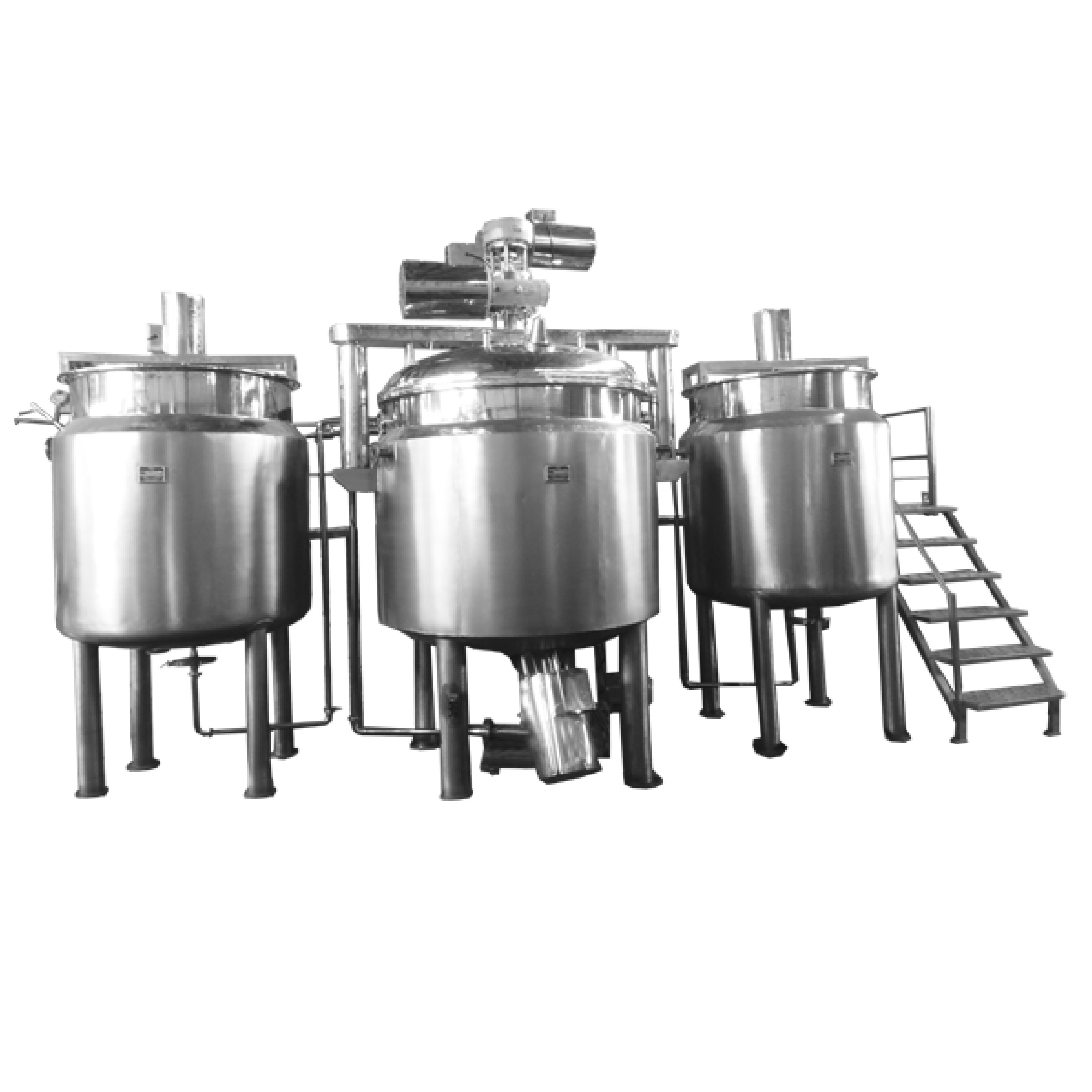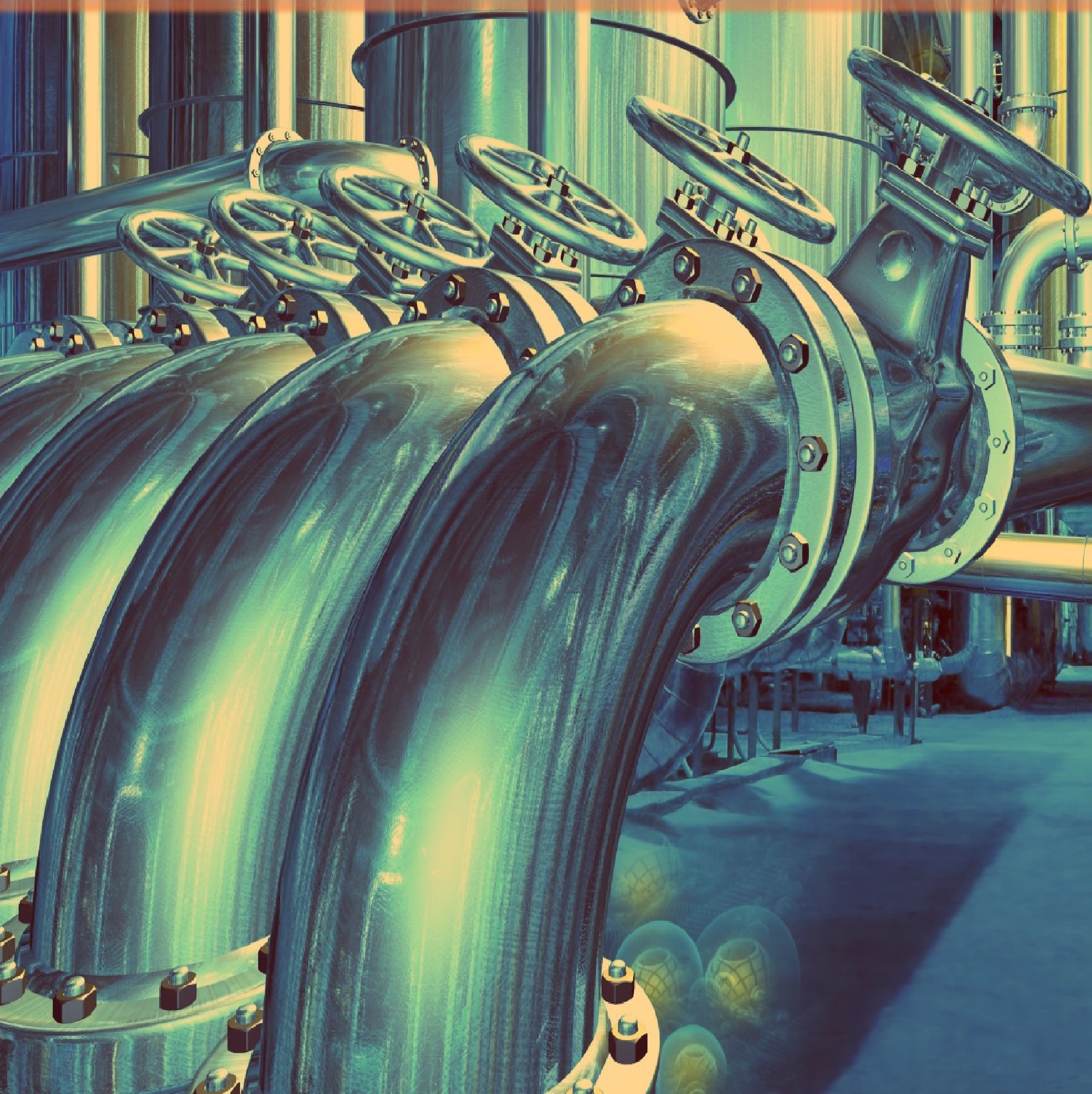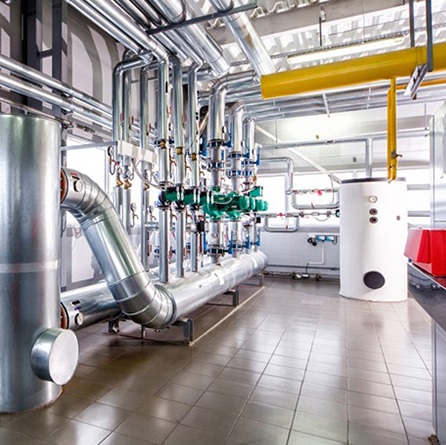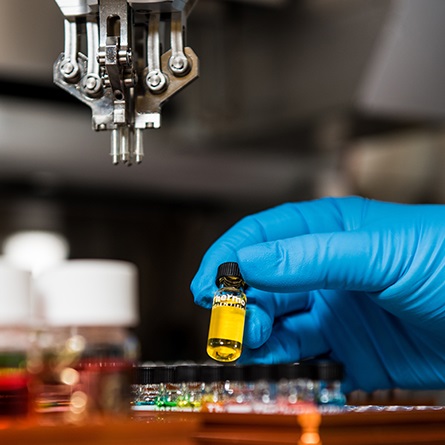
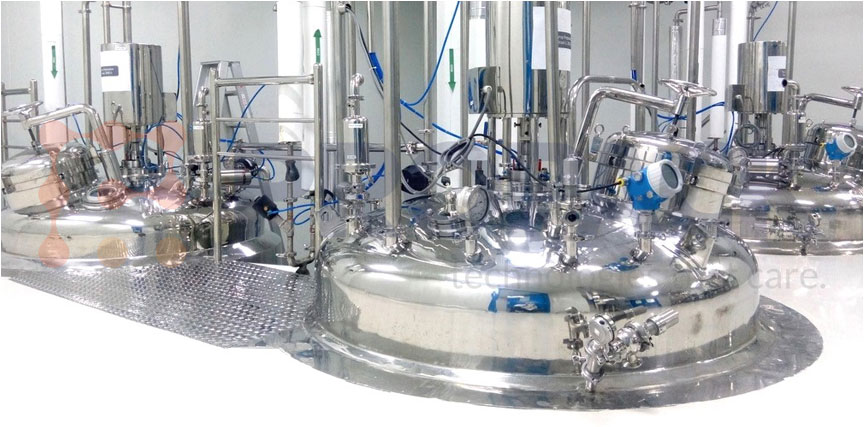
Are Vacuum Transfer Systems the missing piece in your manufacturing puzzle?
Vacuum transfer systems are a great solution for transferring liquid and semi-solid materials in your pharmaceutical, biopharmaceutical or cosmetic manufacturing plants. They can offer you speed, efficiency, safety, hygiene, quality and accuracy, as well as flexibility and customization, to suit your specific needs and requirements.
Vacuum transfer systems are material transfer systems that use vacuum pumps to create a suction force that moves the material from one point to another through pipes or hoses. Vacuum transfer systems have many advantages over other methods of material transfer, such as manual handling, screw conveyors, bucket elevators or pneumatic conveying by pressure. In this blog, we will explain how vacuum transfer systems work and what benefits they can offer to your production process.
How Vacuum Transfer Systems Work
A typical vacuum transfer system consists of four main components: a vacuum pump, a filter, a vacuum receiver and a product discharge valve. The vacuum pump can be either electric or pneumatic, depending on the power source available and the required capacity. The filter is used to separate the air from the material and prevent dust or liquid droplets from entering the vacuum pump. The vacuum receiver is a vessel that collects the material from the pipe or hose and holds it until it is discharged. The product discharge valve is a device that controls the release of the material from the vacuum receiver to the next destination, such as a blender, a reactor, a bin or a storage vessel.


